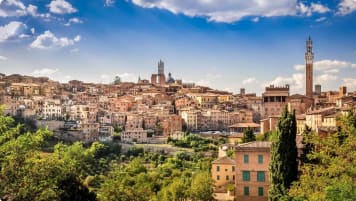History of Genoa, Rival to Venice
In this article, we will look at the history of Genoa, and its rivalry with Venice that led to several wars fought between the two city-states in the 12th to 14th centuries.
23 Dec 19 · 9 mins read
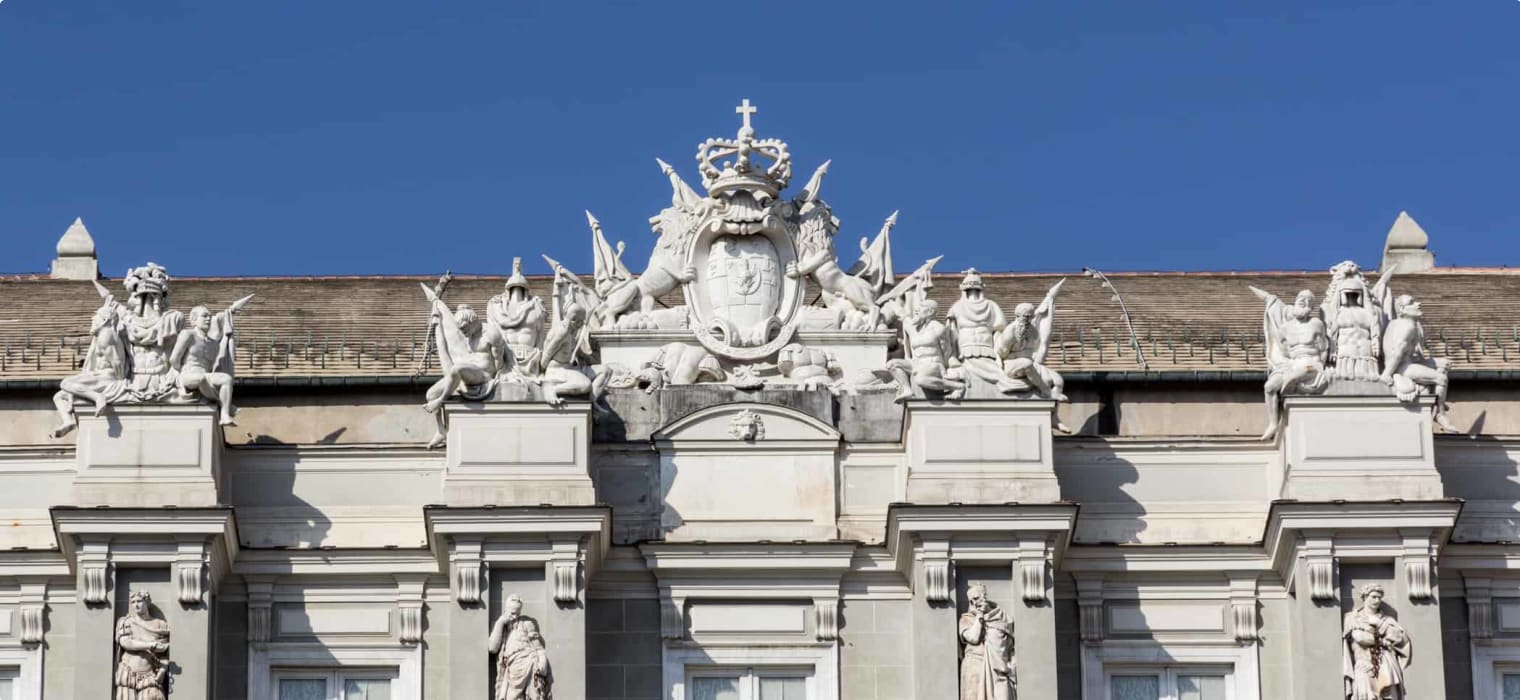
History of Genoa, Rival to Venice
Genoa is the capital of the Italian region of Liguria in the centre of the Italian Riviera, located 120 kilometres south of Milan. It is the most important commercial port in Italy, and is famed for its mild Mediterranean climate, and its palaces and other monuments that speak to its colourful history. In this article, we will look at the history of Genoa, and its rivalry with Venice that led to several wars fought between the two city-states in the 12th to 14th centuries.

Genoa in Roman Times
Genoa is in the region of Liguria, which derives its name from an ancient population that inhabited the crescent-shaped land on the Italian Riviera, dominated by the Maritime Alps and the Apennines. As a Ligurian village, Genoa in pre-Roman times occupied a narrow coastal plain overlooking a natural harbour (now Molo Vecchio or “Old Pier”) that must have once welcomed Etruscan and Greek ships.
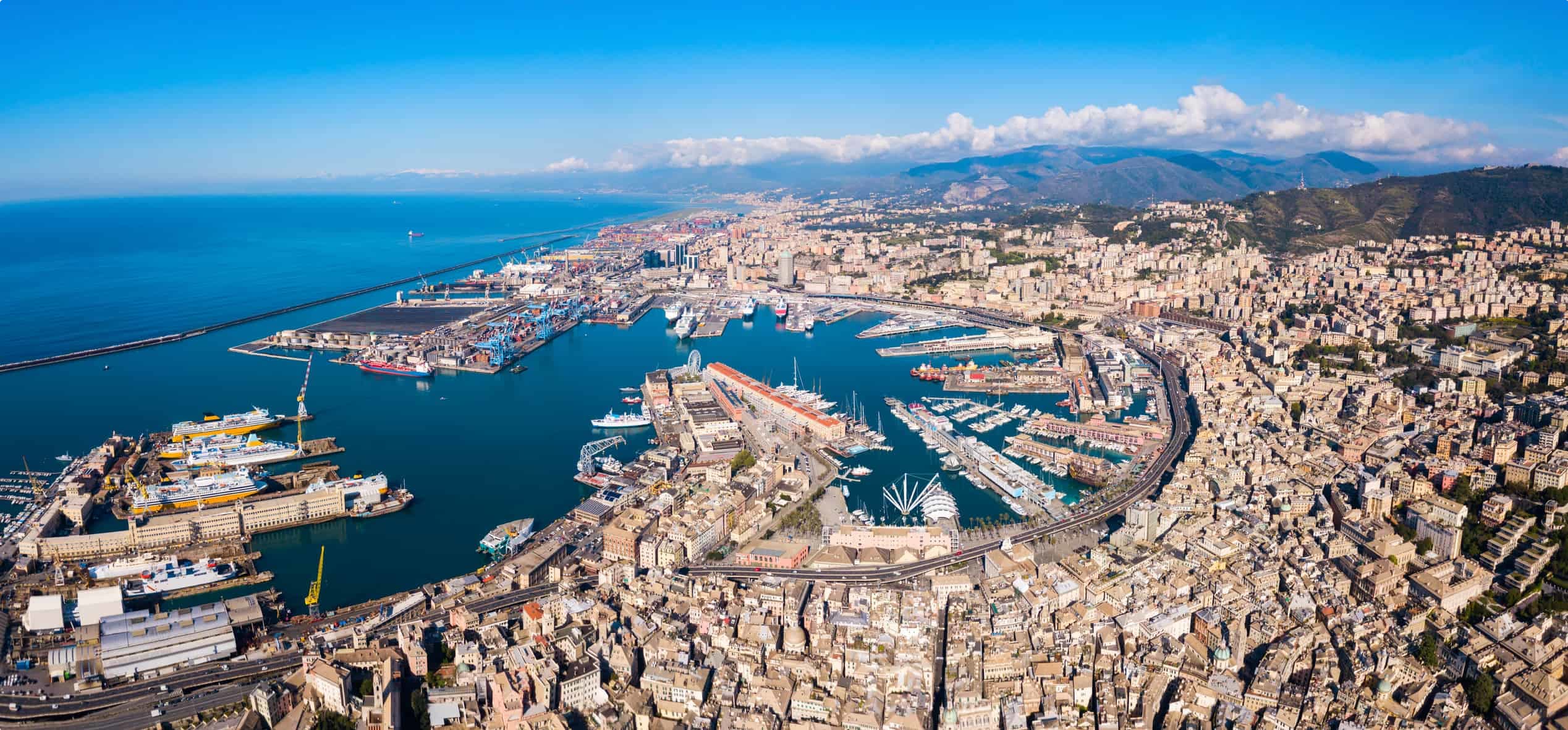
The Ligurians came under the domination of ancient Rome in the 1st century BC. Roman Genoa was situated on a hill sloping down to the harbour, which remained Genoa’s core in subsequent eras. Genoa served as Liguria’s port, but though the Romans developed Liguria by building roads, it was apparent that they did not think much of Genoa. In his book Genoa & the Genoese (958-1528) published by The University of North Carolina Press in 1996, Steven A. Epstein shares that a major road in the region even bypassed Genoa to cut from Vado to Piacenza (p. 12). Ross Balzaretti says Genoa was “probably not attractive to development as it was close to mountains (often problematic for the Roman state) and did not really lead to anywhere else important to Roman transport networks”.
Liguria had no natural or mineral resources, aside from timber, but also had no natural lakes or rivers with which to transport the logs. As Epstein describes, shipbuilding had to be done close to the source of the wood (p. 11). But with the mountains surrounding it, Liguria was sheltered from winter winds and so had agriculture, though not too prosperous in those early days, with residents growing olives, chestnut, vineyards and fruit trees.
Medieval Genoa
After the fall of the Roman Empire, Liguria was invaded by the Ostrogoths and the Lombards. Genoa existed as a town in quiet obscurity, but it’s also possible that we simply do not know enough, with the meagre historical records we have available. As Balzaretti describes it, there are “yawning gaps in our knowledge” that make it a bit hard to narrate Ligurian life in the Middle Ages.
Around the 6th century, what was known about Genoa concerned the church, as it served as a sanctuary for Bishop Honoratus of Milan in 569 as he evaded the invading Lombards with his clergy. Ongoing research shows that the town of Genoa conducted trade in the 9th century with the large monastic community in Bobbio, a nearby town located in northern Italy which traded with medieval Europe. Genoa might have exchanged surplus of local staples–chestnuts, wine, olive oil–with more “exotic” goods.
It is unknown how wealthy Genoa was at this point in time, but in 934, Fatimid Arabs sacked Genoa, a raiding expedition that is sometimes referred to as evidence of Genoa’s economic vitality.
In 958, Genoa was granted a charter by Italian co-rulers King Berengar II and his son Adalbert.
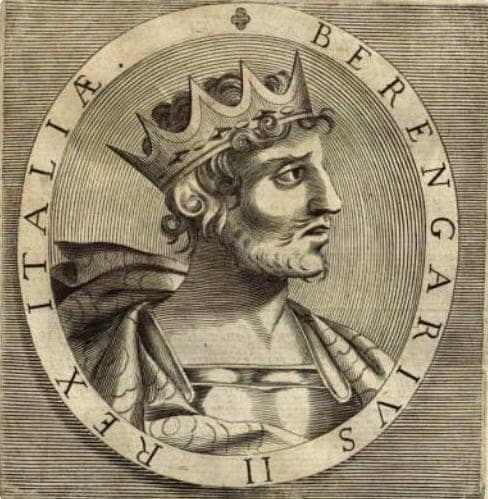
This royal charter orders that “no duke, marquis, count, viscount, sculdaxius (a minor Lombard official), decanus, or anyone of the kingdom should injure the Genoese or disturb them in the possession of their houses and farms” (Epstein, 1996, p. 16). This important document planted the seeds of the Genoan republic that would soon engage in brisk trade in the Mediterranean and dominate Liguria.
Rise of the Maritime Republics: Genoa and Venice
The charter provided Genoa with independence and protection. The Genoese began building walls to encircle the autonomous settlement. Around the 11th century, a voluntary association or compagna of all citizens was formed to contribute arms, capital and labour to the Genoan community. Nominally, the overlord of the Republic of Genoa was the Holy Roman Emperor, with the Bishop of Genoa as leader of the city, but real power was wielded by a “consul” elected every year by popular assembly. As maritime commerce became the dominant activity, the ruling class was composed of the sea-faring aristocracy which came to dominate the Mediterranean. The powerful families of Genoa were led by the Spinola family, who dominated the city-state from the 12th to 14th centuries. During this period, Genoa became a “maritime republic” that rose alongside independent city-states that grew from port cities in Italy, such as Venice and Pisa.
The trade routes carried luxury goods from the east, such as spices, dyes, and silks brought to the ports of Venice, Genoa, and Pisa to be resold (at a profit, of course) throughout the rest of the European continent. Genoa traded diverse goods including spices, coral, African wool, and gold, and also developed its local textile industry. Blue cotton cloth was a Genoese product, and in fact “jeans” owes its name to the French name for Genoa, “Gênes”.
The small town once bypassed by the Roman Empire grew to a city of 100,000 inhabitants with a powerful navy. In 1087, Genoa and Pisa attacked the Fatimid capital of Mahdia in North Africa. Though the forces were unable to capture the city, it gave the maritime republics trade control of the Western Mediterranean. Eight years later, this also allowed Western Europe to supply troops by sea in the First Crusade.
Genoa took part in the Crusades, and their maritime campaigns led to Genoa founding commercial colonies all around the Mediterranean coast and the Black Sea, and bringing all of Liguria, most of Corsica, and northern Sardinia under their control.

In 1155, Genoa’s city walls were extended, culminating at the top of St. Andrew hill with Porta Soprana, a city gate which remains standing to this day.

Meanwhile, the other trading powers in the Mediterranean were beginning to pose threats. Sicily had taken over Mahdia in North Africa, and controlled passageways in the Tyrrhenian Sea and the Adriatic and the East. As described by David Abulafia in his book, The Great Sea: A Human History of the Mediterranean (Penguin Books, 2014), Genoa signed a treaty in 1156 with William I of Sicily, who granted reduced taxes to Genoese cargoes.
In 1187, the Sunni Muslim Sultan captured Jerusalem, ending almost nine decades of Frankish control of the region. Saladin, who had united Muslim Egypt and Syria, also took over the coast of Palestine and the port of Acre, located in what is now Israel. Acre was recovered in the Third Crusade, and the Franks partitioned the city, giving trade concessions to the merchants of Venice, Pisa, and Genoa in exchange for their naval power.
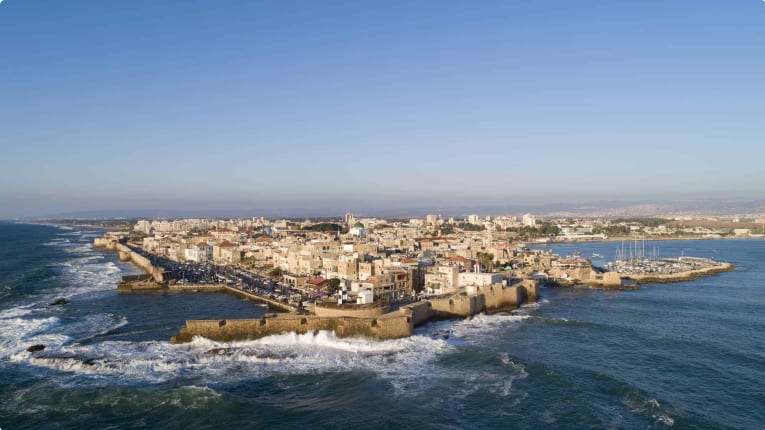
It was in Acre where the first full-scale conflict between Genoa and Venice arose.
Genoa versus Venice
The Kingdom of Sicily dominated southern Italy upon its formation in the 12th century. Roger II, King of Sicily, seized Corfu, attacked Corinth and Athens, and stole silk-weavers from Thebes. (Read more in our previous article about the Mediterranean trade.) In order to curb Sicily’s growing power, the Venetians sent aid to the Byzantine emperor Manuel I Comnenus.
Venice had been on the good side of the Byzantines for fighting the Normans. Manuel’s predecessor Alexius I Comnenus even granted Venice unrestricted access, with no customs dues to trade throughout the Byzantine Empire in the East. This planted the seed of Venice’s monopoly in Eastern trade. However, this goodwill turned sour with the Venetians’ aggressive behaviour (and mockery of Manuel) during the siege of Corfu. This Venetian conflict with the Byzantines would later lead to Byzantine favour being granted to the Genoese, who would challenge the Venetian monopoly.
Genoa and Venice would fight an intermittent war until around the 14th century. The first match was in Acre, with the Genoese attacking the Venetian quarter. The Venetians were supported by Pisa, the Knights Templar and some of the local nobility, while Genoa was supported by the Catalans, the Knights Hospitaller, and other local nobles. The Venetian navy won in Acre and maintained the upper hand until 1270, when a truce was signed with the help of Louis IX of France, who mediated the peace treaty. Louis IX needed both fleets to stop fighting so they could fight for him in his crusade against the city of Tunis.
Louis IX’s crusade ended in failure and his death, and Genoa and Venice went to war again in 1294. In 1298 they had their biggest battle in the Adriatic, where the Venetian fleet was destroyed.
(It was during this war when the explorer Marco Polo, fighting for Venice, was taken prisoner and became a Genoese inmate from 1296 to 1299. He later chronicled his experiences in Travels of Marco Polo, which would later inspire the Genoa-born Christopher Columbus.)
This victory led to a period of growth in Genoa, and by the 13th century the city, with Florence, already had enough gold to start minting its own coins.
The rule of the powerful families of Genoa ended in a popular revolt and the installation of Genoa’s first doge (duke), Simone Boccanegra, in 1339.

The war with Venice continued in the 14th century, and Genoa suffered a devastating blow with its defeat in 1381 at the port of Chiongga in northern Italy, leaving Genoa effectively bankrupt. (Venice, despite its victory, was financially devastated as well.) Towards the end of 1407, Genoa’s Council of Ancients, the advisers to the doge, authorised the trading house Casa di San Giorgio to create a bank that would facilitate the repayment of Genoa’s debts and the collection of taxes and customs owed to the city. Banco or Ufficio di San Giorgio (The Bank or Company of Saint George) was founded, becoming the world’s first modern, public bank, and considered the prototype of the Bank of England. The Banco operated in Genoa for several centuries until the bank’s closure in 1805.
Modern Genoa
Genoa continued to decline until the 16th century, when its doge Andrea Doria turned Genoa into a satellite of the Spanish Empire and financed Spanish exploration. As its wealth grew, the city expanded in the 17th century, building new palaces and attracting artists such as Rubens, Caravaggio and Van Dyck.
The shift of trade to the New World spelled the decline of the Mediterranean routes that once served as engines of the world economy. With this decline came the fall, once again, of Genoa’s power.
After transforming into the short-lived Ligurian Republic in the 18th century and becoming part of the French Empire in the early 1800s, Genoa was unified with the rest of Italy in 1861.
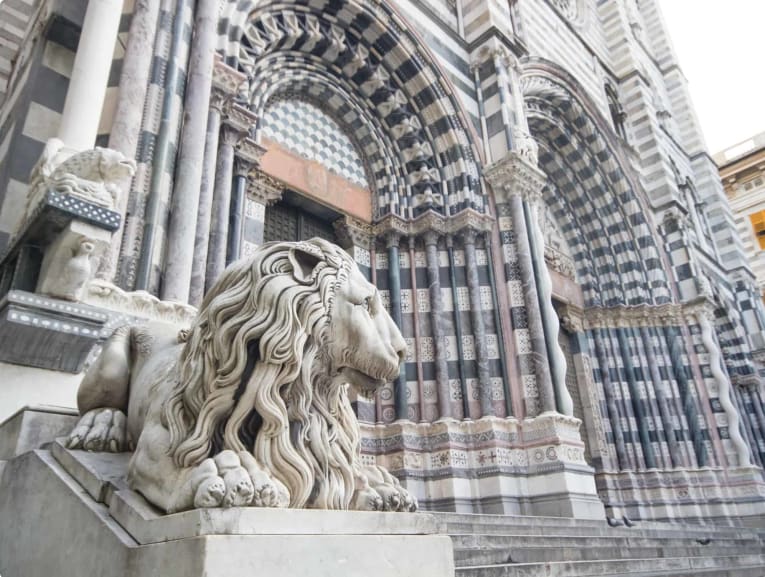
If this article piqued your interest, find out more in Steven A. Epstein’s book Genoa & the Genoese (958-1528) published by The University of North Carolina Press in 1996, and David Abulafia’s The Great Sea: A Human History of the Mediterranean published by Penguin Books in 2014, as well as the various links we’ve included in this post.
This article is written as a backgrounder for our small group tours to Italy.
Odyssey Traveller’s small group tour in Italy is especially designed for senior travellers and examines the heritage, culture, and history of the country. We will see the highlights of Italy, with a stop in Venice to explore heritage sites such as Piazza San Marco, St. Mark’s Basilica, and the Doge’s Palace. We go on a city tour with a local guide, exploring the cuisine and Renaissance art of Venice.
In our time in Venice, we will we will go on a historical walking tour through its beautiful monuments and have our fill of contemporary art as we stroll through amazing museums.
Below is a list of some of our other tours in Italy:
- Heritage, Culture and History of Italy
- Northern Italy and the Cinque Terre
- European Cities Small Group Tour
- Ancient History of Southern Italy and Sicily
Our Western Mediterranean tour covers Malta, Sicily, Sardinia, and Corsica, Genoa’s former territory. Our destinations are home to some of the world’s great cuisines. From the English-inflected cuisine of Malta, through the ‘Italian with a twist’ found in Sardinia and Sicily, to the unique cuisine of Corsica, we make sure that you are able to experience the local food culture. We also give you the opportunity to sample local wine and other delicacies.
If you are interested in an Italy tour to see Mount Etna and the Amalfi Coast, join our Southern Italy and Sicily tour.
Click here to see all our tours to Italy and here to see our complete list of Odyssey tours in Europe. Happy travelling!
Related Tours

20 days
May, OctCaravaggio’s Journey | Small Group Tour in Italy
Visiting Italy, Malta
On this small group tour of Italy and Malta for mature and senior couples and solo travellers we trace the life of Caravaggio, exploring the artistic works he left behind and the tumultuous life he led. We follow him from his birthplace in Milan to Rome, Malta, Sicily and Naples. In each place he lived Caravaggio left behind a rich legacy of art for us to admire.
From A$15,125 AUD
View Tour
22 days
Mar, Sep, MayFlorence: Living in a Renaissance City
Visiting Italy
A small group tour with like minded people, couples or solo travellers, that is based in Florence. An authentic experience of living in this Renaissance city The daily itineraries draw on local guides to share their knowledge on this unique European tour. Trips to Vinci, Sienna and San Gimignano are included.
From A$14,375 AUD
View Tour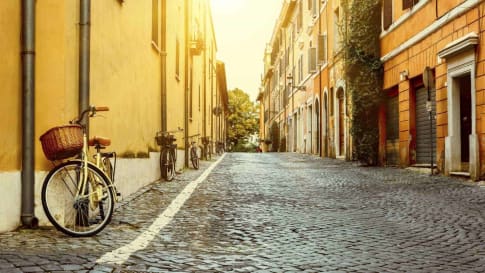
22 days
Sep, Apr, MarHeritage, Culture and History of Italy | Small Group Tours for Seniors
Visiting Italy
Rome, the world’s first superpower, lasted for almost a thousand years. In this small group tour for senior couples and solo travellers we thread our way through the Rome of the Emperors, then through the Italy of the Renaissance, Michelangelo, the Medici, and the Borgia. In the south, we visit the cosmopolitan city of Naples as well as Pompeii and the island retreat of Capri.
From A$13,695 AUD
View Tour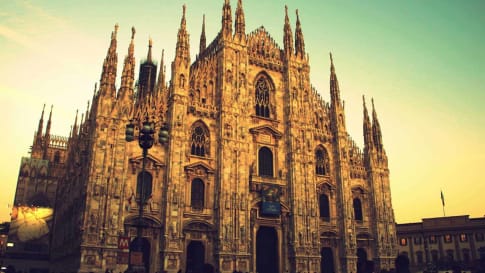
14 days
Sep, MayLakes and Landscapes of Northern Italy | Short Small Group Tour for Seniors
Visiting Italy
Our small group tour begins in the cosmopolitan city of Milan and ventures to 2 of the region's lakes - Garda and Maggiore. Our tour uncovers a wealth of natural beauty, castles, serene waters, snow-capped mountains, and breathtaking scenery.
From A$9,225 AUD
View Tour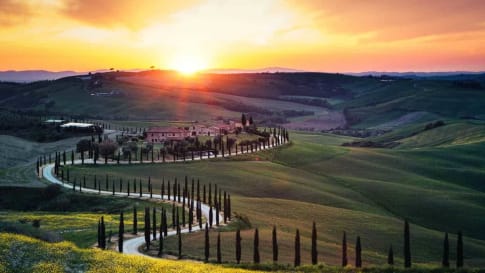
17 days
Sep, AugVia di Francesco Walking Tour | Small Group Walking Tours Italy
Visiting Italy
Experience with like minded people a small group journey walking Via di Francesco (or the Way of St. Francis) in Italy. One of a few European tour companies who offer a tour leader and local guides for senior couples and single travellers on this journey between the key destinations on this walk.
From A$12,050 AUD
View Tour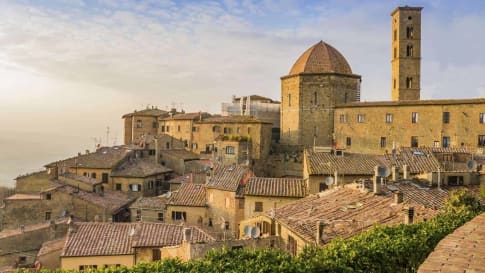
26 days
Aug, SepVillages of Italy | small group tours Italy
Visiting Italy
Explore Italy in a small group tour. Italy is the most Mediterranean of nations and as mature and aged as many of its red wines. In terms of being a nation, it is even younger than New Zealand. This is often hard to believe, bearing in mind that Italy gave rise to Europe’s first global empire, which endured for approximately 2,000 years, the Romans. The new constantly brushes with the old and in doing so generates sparks that makes any sojourn in Italy a deeply textured experience.
From A$16,775 AUD
View Tour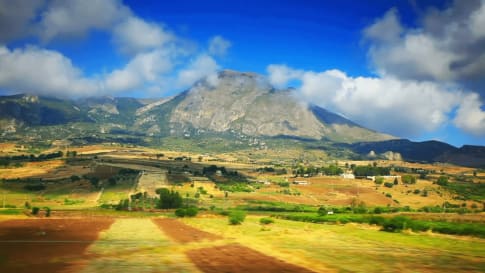
25 days
Apr, Sep, OctMediterranean Islands Small Group Tour | Malta, Sicily, Sardinia and Corsica
Visiting Corsica, Italy
For centuries Malta, Sicily, Sardinia and Corsica held the key to the Mediterranean. Unlike other European tour companies, Odyssey provides a tour leader and local guides to share detailed itineraries about the destinations on these small group journeys. This escorted tour of western Mediterranean explores the geography, history, culture and peoples of these 4 islands. Small group tour for mature couples and solo travellers. A reasonable single supplement is charged.
From A$19,750 AUD
View Tour

